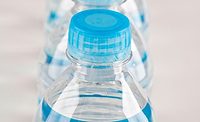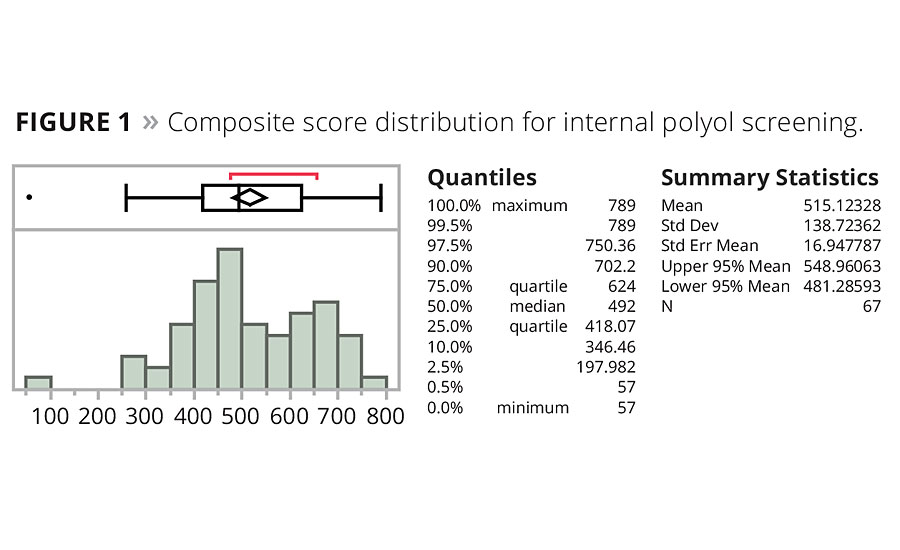Upcycling from Water Bottles to Protective Coatings
A New Approach with New Performance – Part I


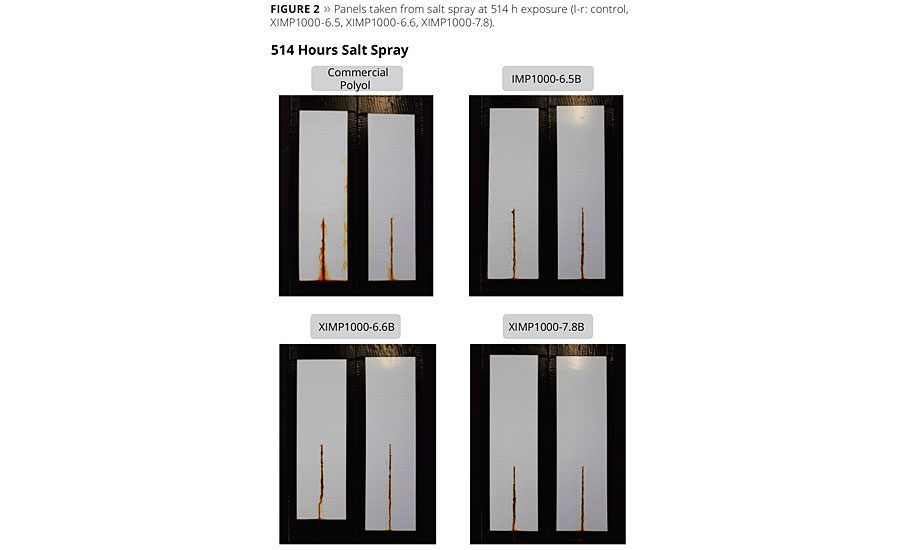
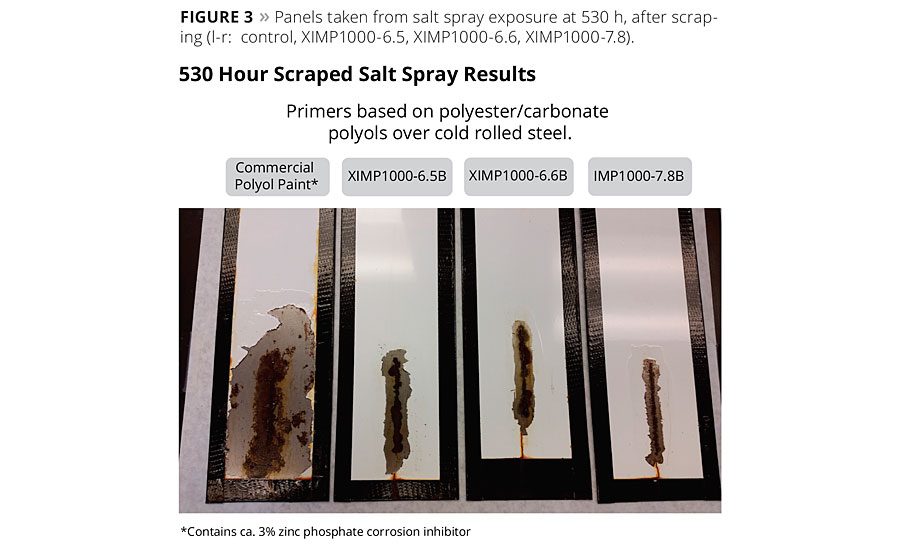
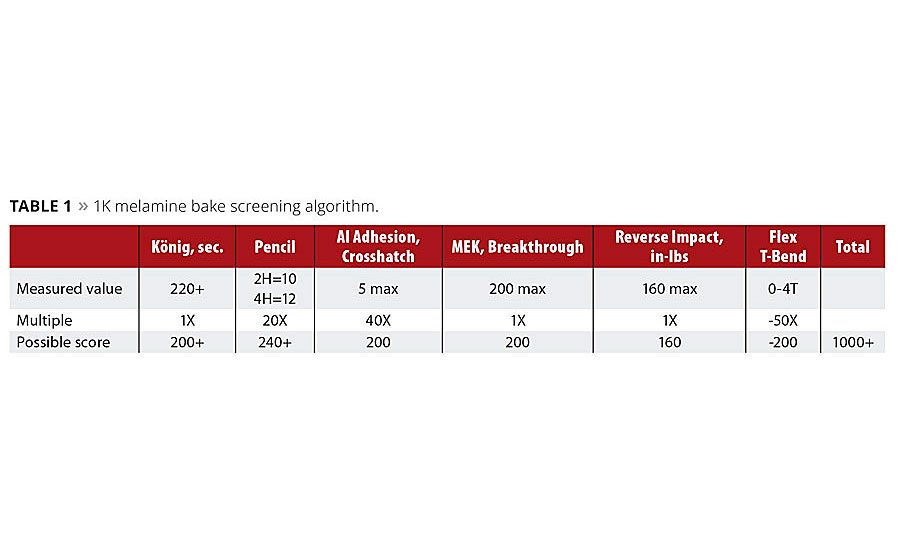
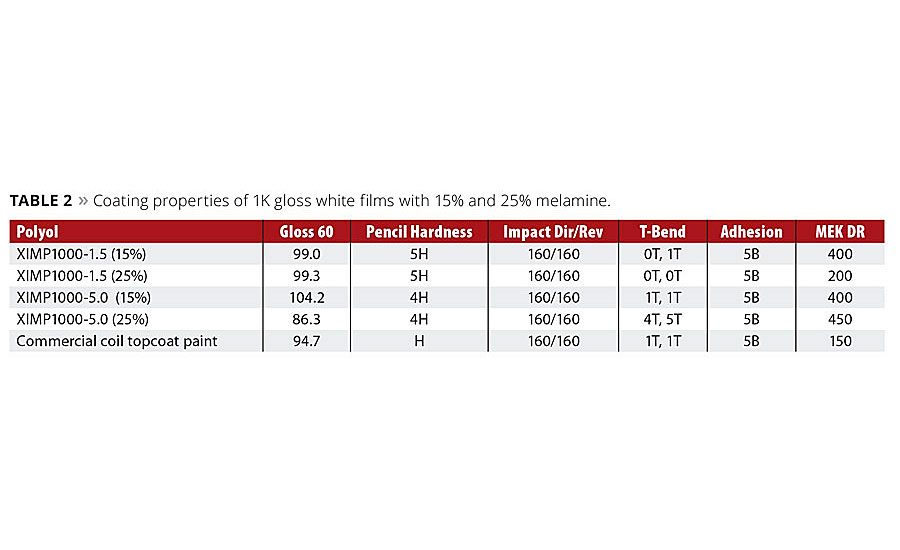












By Gary Spilman, Rick Tabor, Adam Emerson, Matt Brown, Michael Christy, Resinate Materials Group, Inc.; Debora Hense, Stonebridge Coatings Laboratory, Inc.; and Mike Jackson, Specialty Coating Services, Inc.
Reuse of thermoplastic materials is neither a new concept nor a new practice, however, according to the EPA,1 the recycling rate for municipal solid waste (MSW) in 2012 had climbed to only 34.5% for household waste, which does not include industrial, hazardous or construction waste. This rate was a substantial improvement from 1980 when less than 10% of MSW generated was recycled. At the same time, disposal waste going to the landfills has decreased from 89% of the amount generated in 1980 to under 54% of the MSW in 2012. Clearly there has been some recent awakening to the general benefits and overall need for reduced waste.
The recycle rate for polyethylene terephthalate (PET) containers hit 31.2% in 2013, up slightly from 30.8% in 2012.2 The contribution of PET waste to the total MSW generated in 2012 was 12.7% of the 251 million tons. After recycling and composting, 164 million tons of MSW was still discarded, of which plastics were almost 18%. The final discarded weight of plastics was therefore around 29 million tons, a larger amount than glass, metals, rubber and leather, textiles, or wood.1
Virgin PET materials are used in a wide variety of technically demanding applications other than water bottles; this includes paper coatings,3 food preparation packaging,4 films for abrasion and chemical resistance of touch screens,5 and as a flexible substrate for spin coating and inkjet printing for electronic applications.6 It has thus demonstrated success in various forms for protective/barrier coatings, and various types of packaging, as well as acting as a substrate itself. This is due to the inherent properties of the polyester, having a high-strength, partially aromatic backbone, along with a variable degree of crystallinity. The components of commercial PET plastic are mainly terephthalic acid and ethylene glycol. These also happen to serve as prime ingredients for many industrial paint resins for multiple substrates and applications.
Depending on the substrate being protected, and the environment it is being protected from, recycled PET (rPET) can be an excellent starting point from which to design high-performance protective coatings with long service lifetimes. Starting from a water bottle on a supermarket shelf, the transition to such a protective coating would qualify as “upcycling”, as opposed to a straight recycle category, or the more commonly practiced “downcycling”. Most plastic recycling is classified as downcycling by McDonough and Braungart,7 meaning it reduces the quality of a material over time. The practice of upcycling then would refer to improving the quality of a material over time. This can be accomplished with rPET by nominal digestion followed by a chemical rebuilding process that brings about an entirely new material with the desired properties and performance. It contains the contribution from a significant fraction of rPET incorporated within the new structure, but has been re-engineered for a new functional role. It has been upcycled.
Resinate’s chemical rebuilding of polyols from recycled materials is based on a tiered ingredient selection process. We try to achieve the highest performance possible using recycled materials, and, subsequently will select ingredients from a biorenewable source to maintain the highest “green” composition possible. The overall green measurement of a product is defined here as the combination of contributions from the recycled and the biorenewable components. Only when necessary do we resort to incorporating a virgin petroleum-derived ingredient, when the previous choices have been exhausted and will not enable the high level of coating performance needed for a specific function. In this way, the green content is maximized, along with meeting or exceeding desired performance criteria, while keeping a market-neutral cost position. In other words, green content should not, and does not, validate a premium charge to customers wanting performance along with making an environmentally conscious choice.
Internal Screening of Materials
Resinate initially designed and made more than 65 different polyester polyol batches intended for industrial direct-to-metal (DTM) applications, which were cured using a 1K high-temperature bake over a metal substrate. The resulting cured films were evaluated for several performance attributes, including König and pencil hardness, adhesion, chemical resistance, flexibility, and impact resistance. In order to maximize the overall performance and evaluate this large group of materials, we used a simple algorithm to score each performance category at a similar weighted maximum (Table 1).
From this group, all were rated with the above system, and we chose the top one-third of the performers. These were then screened for a brief time (165 h) in a salt spray environmental chamber. Screening was performed on the original 1K clearcoats from the initial film property evaluation, over cold-rolled steel substrate at 1 mil dry film thickness (Figure 1).
There was one very intriguing finding from the combination of all property and performance tests. Surprisingly good performance in the initial property screening along with outstanding performance under salt spray environment was observed for films based on mixed/hybrid recycle systems. The use of rPET along with recycled poly(bisphenol A polycarbonate) (rBPA-PC) in the design of a single polyol for DTM applications was a consistent standout from our screening evaluation. Our next step was to validate our findings using external third-party coatings laboratories.
High-Bake, 1K, High-Gloss White Metal Topcoat
The first evaluation was performed at Specialty Coating Services, Inc., in Louisville, KY. Two materials were evaluated as gloss white metal topcoat formulations over aluminum cold-rolled steel (CRS) and iron-phosphated CRS. The crosslinker was hexamethoxymethyl melamine (HMMM), used at 15% and 25% on solids, catalyzed with 0.5% blocked pTSA catalyst. The sole pigment was rutile TiO2 at 22% PVC and a pigment/binder ratio of 0.95. The bake was targeting a peak metal temperature of 232 °C, and the final film had a DFT of 0.9-1.2 mils. Alongside the experimental paints a commercial white coil topcoat was evaluated with an identical bake schedule. The data and results are shown in Table 2.
As the data from SCS labs indicated, the experimental polyols could be formulated into a gloss white metal topcoat and perform as well or better than a commercial paint control. The data looked slightly better than was observed internally, and having a commercial control helped normalize to real world performance. We did not obtain salt spray exposure data from this set of panels, however, we had also contracted with a second external laboratory to provide more extensive application work using similar polyols as 2K primers, which included a look at the corrosion performance. The data are presented in the next section, and although the target was still for metal application, the work was otherwise slightly different in scope.
Low-Bake, 2K, White Metal Primer
The second evaluation was performed at Stonebridge Coating Laboratory, Inc., in Plymouth, MI. Three materials were evaluated as white DTM coating formulations over aluminum, CRS and iron-phosphated CRS. The crosslinker was Desmodur N3300A, used at 1.1:1.0 NCO:OH, catalyzed with 0.15% DABCO T-12 (tin) catalyst on isocyanate/resin total solids. The pigment was R900 TiO2 at a pigment/binder ratio of 1.0 and adjusted to 36% PVC with Atomite (CaCO3) extender. The bake was 30 min at 130 °C, and the final film had a DFT of 1.8-2.2 mils. Alongside the experimental paints, a commercial 2K polyurethane primer was obtained and tested using the same bake schedule. A search for 2K polyurethane DTM coatings surfaced only primers, thus a large difference in gloss was observed vs. the experimental samples. The commercial primer chosen also contained ~3% zinc phosphate corrosion inhibitor. No such additive was used with the Resinate polyol formulations. The cured film properties are shown in Table 3.
The data from Stonebridge lab indicated that two of the experimental polyols were slightly under-cured as designed, formulated and catalyzed. However, other than the lower pencil hardness (gouge), the XIMP1000-7.8 experimental polyol once again matched or outperformed the selected commercial control. Although the commercial primer was a bit harder, the apparent price for this hardness was paid by reduced flexibility, as measured by T-bend. A complete set of panels was placed into test for salt spray exposure over both CRS and phosphated-CRS substrates.
The salt spray performance data was collected after 514 h of exposure and is shown in Table 4. The corrosion at the scribe was very similar across all the panels, with very little differentiation. A slightly better scribe creep rating was given to the commercial primer over phosphated-CRS substrate, although scribe creep was very similar for all panels over CRS. Some performance enhancement can be assumed in the commercial control coating, coming from the anti-corrosion additive, which was not part of the Resinate experimental formulations. It is interesting to note that the field blistering was significantly better for the experimental polyols than for the commercial control, regardless of any modification advantage (Figure 2).
After rating and measuring the test panels in duplicate, the panels were placed back into the salt spray cabinet. At 530 h, the panels were again removed and this time the scribe area was scraped while wet, and the panels were again rated. The scraping process magnified the differentiation in performance significantly, and the resulting observations and measurements are shown in Table 5. Of the entire set of panels, after scribe scraping, the control primer paint appeared to have the worst performance for field blistering, scribe coating removal and scribe corrosion. The data therefore supports the benefits of using the Resinate polyol technology, which overall, outperformed the commercial control in salt spray exposure testing. Within the Resinate experimental samples, there was one polyol in the group that had slightly worse performance than the other two materials. The component that was missing in the lower-performing polyol was the recycled polycarbonate. The other two experimental polyols contained rBPA-PC. Thus, sample XIMP1000-7.8, which excelled in the coating property evaluation, incorporated rBPA-PC and was also the best performer in the salt spray exposure testing.
A look at the CRS panels in Figure 3 shows the differences visually that are described in the data table. Significant performance improvement was made over the commercial control polyol with all the experimental Resinate polyols in the 2K paint formulation.
Conclusions and Future Work
The work presented here from different external independent coatings laboratories has consistently shown advantages associated with using Resinate Materials Group products vs. different commercial materials. This work has established a place for some novel new polyols with high recycle content combined with high performance for specialty coating applications, where protection of metal surfaces is of prime importance. The properties associated with the above materials tested are very appropriate for today’s protective coating demands over valuable substrates. As we upcycle materials from water bottles to protective coatings, broadening the source of water bottle materials from just PET to include others has proven both advantageous and rewarding.
In a future article on this topic (Part II), we will discuss further external evaluations of our hybrid polyols for protective metal coatings. Future work will include more in-depth studies including condensing humidity, salt spray over hot-dipped galvanized and chrome-treated aluminum, carbon oil stain exposure, and QUV exposure. We will look at both 1K and 2K primers for metal. Best application space for this technology will be reviewed based on inherent performance advantages. We look forward to publishing this latest information very soon.
Acknowledgements
The authors would like to acknowledge the assistance of our colleagues Shakti Mukerjee, Woo-Sung Bae; and gratitude for the assistance of Brandie Yambrosic, and Nora Gjokaj.
References
1 Municipal Solid Waste Generation, Recycling, and Disposal in the United States: Facts and Figures for 2012; www.epa.gov/wastes/nonhaz/municipal/pubs/2012_msw_fs.pdf
2 www.plasticsrecycling.org/news-and-media/246-2013-u-s-pet-container-recycling-rate-hits-31
3 Zou, Y.; Hsieh, J.S.; Mehnert, E.; Kokoszka, J. Prog. Org. Coat. 60 (2), 2007, 127-131.
4 www.gralex.com/technical-articles/thermoformed-paperboard.html
5 www.v-coat.com/protectuff-gloss-hard-coated-films/
6 Valeton, J.J.P., et. al. J. Mater. Chem., 2010 (20), 543-546.
7 McDonough, W.; Branugart, M. Cradle to Cradle: Remaking the Way We Make Things, 2002, North Point Press, p. 56-57.
Looking for a reprint of this article?
From high-res PDFs to custom plaques, order your copy today!





